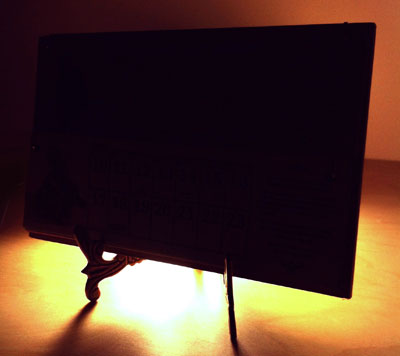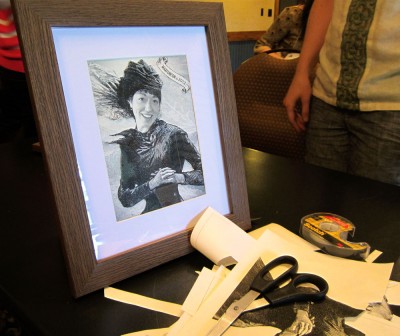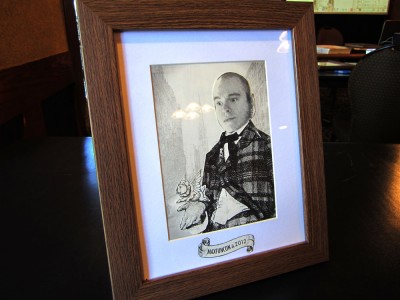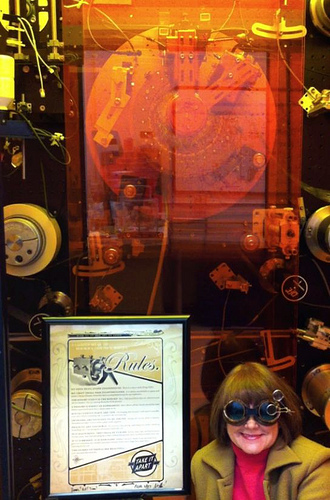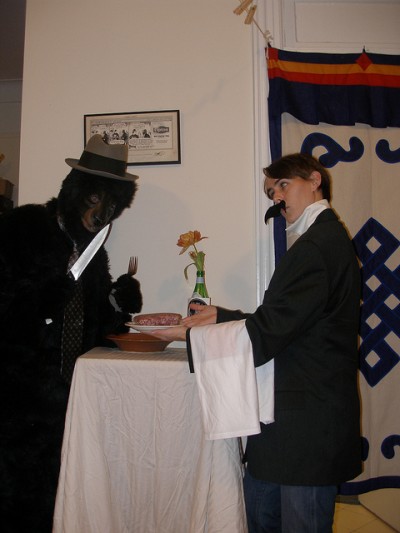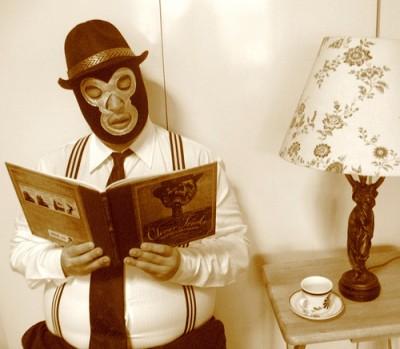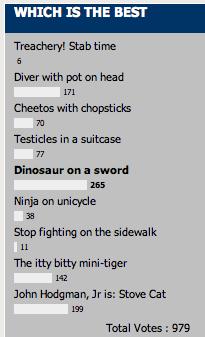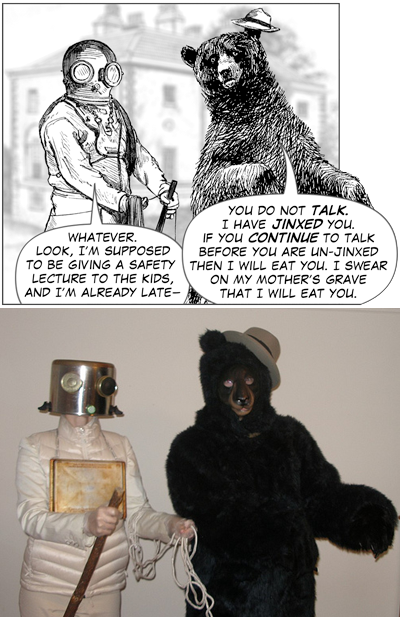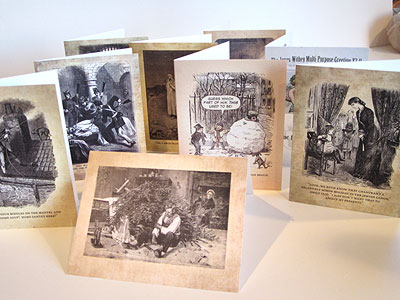Last December, at the end of a significant period of stress that I never wish to repeat, I said this:
These beauties [the 2012 calendars] are wending their way to 175 of you right now. I hope you like them! They were very difficult to make. I will not be making them again like this next year; five years is a good run.
But not to worry! I have…another idea. A different idea.
It will wait to be revealed, until then. Stay tuned!
That time, my friends, has come.
BUT FIRST
An obligatory reminder about the TopatoCo shipping deadlines! Here is their grid of dates and different types of shipping services. Today, December 7, we start to get into the scary zone. If you’d like to make an order and have it arrive for Christmas, please don’t delay.
P.S. I stumbled across an overlooked box of limited-edition Machine of Death hardcovers! My eyes goggled out of my head when I realized what it was. They’re up now in my TopatoCo store.
My in-house store, selling holiday cards, stickers, books, and yes, calendars, will be shipping products through December 18. I can’t control the Post Office, and I don’t ship as much stuff as TopatoCo so I’m not as comfortable making predictions about arrival dates, and so I can’t make any guarantees — but most orders are going out within 24 hours, and will continue to do so until the 18th. (The calendars should start shipping by the end of next week.)
NOW THEN.
Six years ago, when I first conceived of the idea of making hand-printed calendars (as detailed here), it was because I had access to a Print Gocco screenprinting press. Popular in the eighties, and revived more recently by crafters and DIY fans, it’s a cool, compact printing device from Japan that uses expendable supplies such as bulbs, screens, and ink.
Unfortunately, the Gocco was discontinued by the manufacturer in 2005, and the number of supplies in their warehouses (and on retail shelves worldwide) began to dwindle. Fans of the Gocco’s simplicity and versatility have tried to come up with aftermarket workarounds, with some success; for the last couple of years, I was able to combine OEM and aftermarket supplies in strange ratios to get the calendars done.
But last year was the toughest: some of the third-party inks I found were difficult to work with, and all in all it became a much more complicated endeavor than I had anticipated. I still enjoyed the creativity and the craftsmanship involved, but the logistical hassles were proving increasingly significant.
A New Way Forward
The simplest solution would be to completely abandon the idea of doing calendars. Making calendars in general is a little scary, because you have a deadline to get them done (the end of the year, or more practically speaking, Christmas), and of course they have no shelf life, so you try to only make as many as you have demand for. I’ve been very fortunate that the calendars have proven popular, and I’m very grateful for your support — so I wanted to keep making something fun, for the challenge of it and to have something for those of you who ask after the new calendar year after year. But I didn’t want to run myself through a woodchipper to do it.
The first concession to the process was clear: future calendars had to be professionally printed. That was glaringly obvious. After investigating alternative hand-printing techniques such as letterpress, I realized that (at least for now), I’d rather leave the actual printing to professionals. This year’s calendars are being printed here in Los Angeles by DSJ Printing — the same company that makes my greeting cards, our Machine of Death cards, my MaxFunCon booklets, and any other strange thing I need done. These dudes are pros.
But I still wanted the product to have a lot of hand craftsmanship, to make it special. And I was curious if I could do something different with the format — to change the way a typical calendar operates.
What I don’t like about most monthly calendars is that all this:
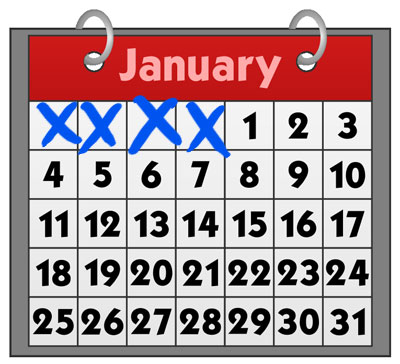
…is just wasted space! Those are ACTUAL DAYS that get repeated on each page of the calendar, but are blanked out on the “wrong” page, just for the sake of breaking the pages into individual months. Additionally, when you’re on this day:
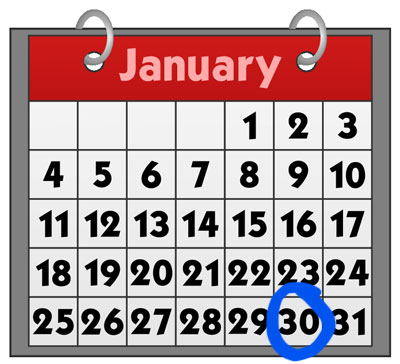
…you can’t look forward to the next week without flipping the page over and losing the current day. Your current day will show up as a blank square at best, or off the top of the page at worst, on the next month’s page.
This is all pretty petty complaining, but I’ve always preferred full-week calendars like this one I made for my own office:
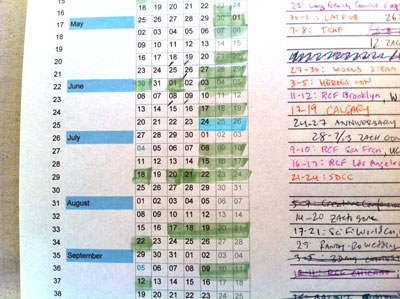
…because looking at the weeks and months all smooshed together back-to-back, AKA the way we actually experience time, just makes more practical sense. If today’s the 28th, which do I care more about: the month that’s gone, or the next few weeks ahead? EXACTLY.
To adapt this idea into a desk-friendly format, I came up with the idea for a a 27-page biweekly calendar, two pages of which are displayed at any given time. This way, no matter the current date, you always have at least two weeks ahead of you visible.
But how could it work? What would it look like? And how would it capture the traditional Wondermark-calendar charm?
THE ANSWERS TO THESE QUESTIONS…TOMORROW!
The 2013 Wondermark Calendar is now available for Pre-Order. UPDATE: They’re all gone now! (Ships mid-December.)

